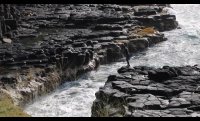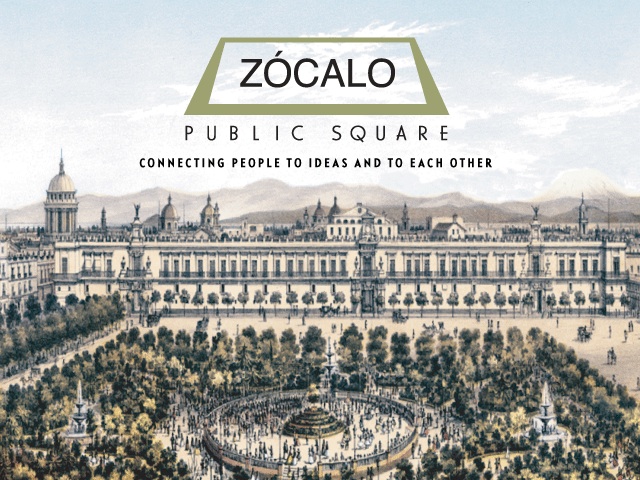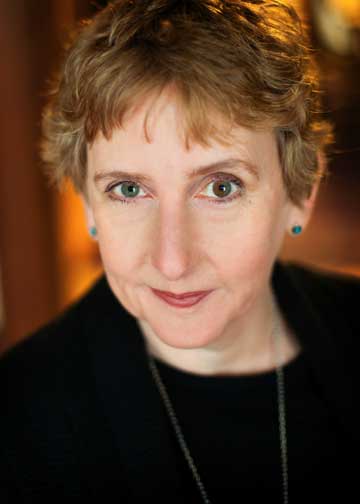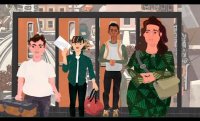Vievee Francis Wins Kingsley Tufts Poetry Award
Claremont Graduate University has announced the winners for the Kingsley Tufts Poetry Award and the Kate Tufts Discovery Award. One of the richest prizes for poetry in the United States, the $100,000 Kingsley Tufts Poetry Award is given annually to a midcareer poet for a book published in the previous year. The $10,000 Kate Tufts Award is given for a debut poetry collection.
Vievee Francis, a poet “known for her explorations of racial identity, modernist poetics, and feminist legacies,” received the 2017 Kingsley Tufts Award for her collection Forest Primeval (Northwestern). The book employs an “anti-pastoral” approach to examine the violence and transcendence of nature and survival.
The Kingsley Tufts finalists were Tyehimba Jess’s Olio (Wave), Ada Limón’s Bright Dead Things (Milkweed), Jamaal May’s The Big Book of Exit Strategies (Alice James Books), and Patrick Rosal’s Brooklyn Antediluvian (Persea).
Philip B. Williams received the Kate Tufts Discovery Award for his collection, Thief in the Interior (Alice James), a book that presents a “perilous journey through a violent landscape in which race separates many from the American dream.” Williams is also featured in Poets & Writers Magazine’s twelfth annual roundup of debut poets.
The Kate Tufts finalists were Derrick Austin’s Trouble the Water (BOA), Rickey Laurentiis’s Boy With Thorn (University of Pittsburgh), Jordan Rice’s Constellarium (Orison), and Ocean Vuong’s Night Sky With Exit Wounds (Copper Canyon).
The judges for both prizes were Don Share, Elena Karina Byrne, Terrance Hayes, Meghan O’Rourke, and Brian Kim Stefans. Poetry magazine editor Don Share, this year’s judge committee chair, said Francis’s Forest Primeval is “an intense work, dark…Dantean…dreamlike in its visions…. Francis is reclaiming modernist and feminist legacies of poetry, and it takes great courage to do that.”
In addition to Forest Primeval, which also won the Hurston/Wright Legacy Award for Poetry, Francis is the author of two previous poetry collections, Blue-Tail Fly (Wayne State University Press, 2006) and Horse in the Dark (Northwestern University Press, 2012). She is the recipient of a Rona Jaffe Foundation Writers’ Award and a Kresge Artist Fellowship. She is currently an associate professor of English at Dartmouth College and an associate editor for Callaloo.
This year marks the twenty-fifth anniversary of the Tufts Poetry Awards, which honor the memory of poet Kingsley Tufts. Previous winners of the Kingsley Tufts Award include Ross Gay, D. A. Powell, and Linda Gregerson. Past recipients of the Kate Tufts Award include Danez Smith, Yona Harvey, and Lucia Perillo. Francis and Williams will be honored at an awards ceremony in Los Angeles on April 20.










